Mozambique: Former Renamo guerrillas demand removal of Momade - AIM report
Peace in Mozambique: Five crucial moments in the military hostilities
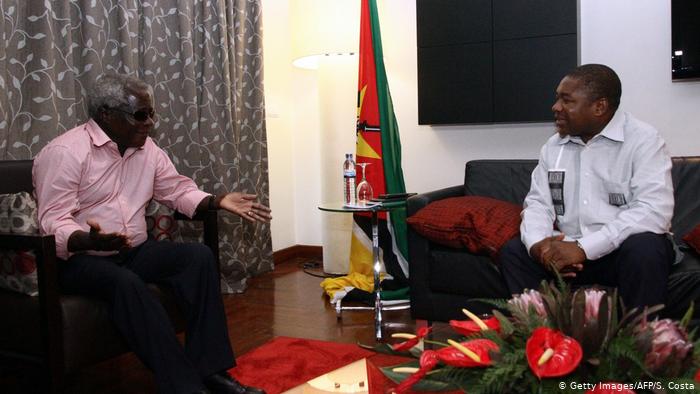
Afonso Dhlakama (left), then Renamo leader, and President Filipe Nyusi in Maputo (2015)
From 2014 to 2016, Mozambique experienced a climate of political and military tension following the results of the general elections, which were contested by Renamo. Here are five crucial moments in the lead up to the signing of the peace agreement this Thursday (01-08).
1. First meeting between Nyusi and Dhlakama in Maputo
It all started in 2014, when the results of the general elections became known. The largest opposition party in Mozambique, the Mozambican National Resistance (RENAMO), complained of electoral fraud and, in protest, boycotted the inauguration of its members in the provincial assemblies and its 89 deputies in Parliament.
Renamo’s seats in the Assembly of the Republic were empty on the first day of the sessions. The boycott was only overcome at a meeting on 7 February 2015 between President Filipe Nyusi and the late Renamo leader Afonso Dhlakama.
At the end of the meeting, which was held behind closed doors, the two leaders made a commitment to maintain the talks. “I can say that the country will have no problems. From the way we met each other, the way we talked, I can say that everything went well,” said Afonso Dhlakama. Filipe Nyusi said at the time that “always, when two brothers meet and talk, it is always good. It was good that we talked”.
Dhlakama toured the country, announcing that the party would nominate governors for the provinces where it claimed to have won in the 2014 elections.

2. Ambush in Zimpinga
Everything seemed to be all right until September 25, 2015, when the world was surprised by the news of an ambush on the Dhlakama convoy on National Road No. 6 in Zimpinga, Manica Province.
Some elements of Renamo’s residual force died on the spot and many vehicles were set on fire, including those belonging to private individuals. Afonso Dhlakama emerged unscathed and took refuge in the Gorongosa forest. The incident came as the late leader of the “Partridge” party was preparing for another round of talks with Filipe Nyusi.
Days later, on October 8, 2015, Dhlakama leaves Gorongosa mountain range with the support of a team of national mediators, led by academic Lourenço do Rosário, for his residence in the city of Beira.

3. Invasion of Dhlakama’s house in Beira
A day later, on 9 October 2015, Mozambican police raided Dhlakama’s house and arrested several of the Renamo leader’s bodyguards, as well as recovering six weapons allegedly captured by Renamo in the Zimpinga ambush.
At the end of the police operation, Dhlakama told the press: “I confirm, on the 25th we captured weapons in Amatongas (Zimpinga), after all it was the ministry that attacked us. Just as well.”
This incident aggravated the political crisis in the country, as the Renamo leader then returned to the Gorongosa Mountains and the country was plunged into a military conflict between Renamo and government forces.
Vehicles were attacked on National Roads numbers 1 and 7 in central Mozambique, with movement of goods and persons taking place under military escort.
The economic life of the country is then put to the test. There are calls from all sides to end the conflict. Renamo and the government sat at the dialogue table, with the support of international mediators, to help end hostilities in the country.
On the list of the largest opposition party’s demands is a decentralisation package, a local authority law and the reintegration of Renamo guerrillas into the security forces.
But results still don’t come until, on December 26, 2016, Dhlakama and President Nyusi talk on the phone.
The following day, Dhlakama announces a truce. “I announce the cessation of military hostilities from 00:00 on Wednesday. There will be no further attacks by Renamo armed forces on Mozambican armed forces throughout Mozambique” Dhlakama announced in a conference call from Gorongosa.

4. Gorongosa meeting
Political dialogue for effective peace continues at the highest level, while the truce lasts indefinitely.
On 6 August 2017, the Mozambican president and the leader of the largest opposition party, Afonso Dhlakama, meet in Gorongosa. Both agree to hold talks and a commission is set up to monitor the cessation of hostilities.
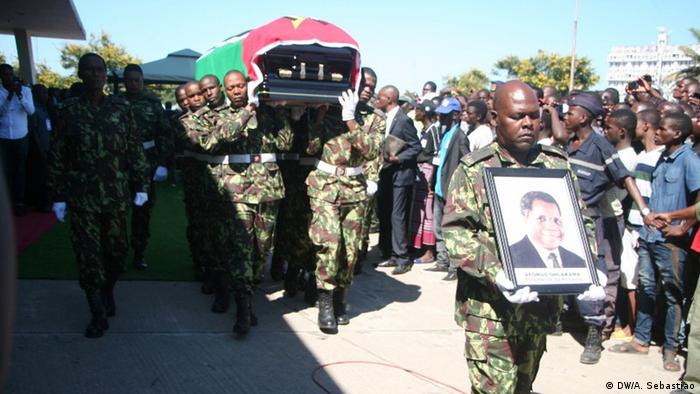
5. Dhlakama’s death and further dialogue
On May 3, 2018, Afonso Dhlakama died of illness. But he leaves the peace dossier well underway.
Renamo nominates Ossufo Momade as interim Renamo leader. One of Momade’s main tasks is to follow up on contacts with the head of state for the final cessation of hostilities.
Advances and setbacks are reported, with uncertainty hanging over the fate of the country. Several meetings between Nyusi and Momade yield no tangible results, until, on 2 June this year, the two leaders meet again in the central city of Chimoio.
There, they agree to start the disarmament and reintegration of Renamo guerrillas and to sign a final peace agreement in August. This is what is happening this Thursday (August 1, 2019).
“In this document, both parties commit to refraining from all hostile acts or military attacks against forces, positions or property and against the general population,” President Nyusi said.


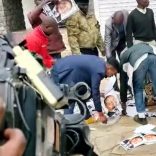
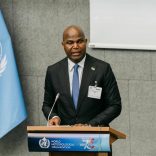
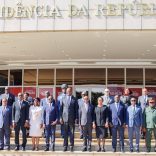
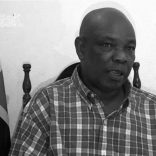

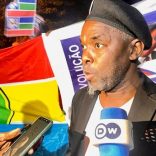
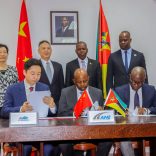
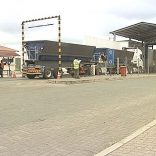
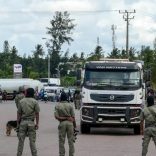
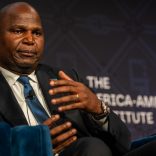

Leave a Reply
Be the First to Comment!
You must be logged in to post a comment.
You must be logged in to post a comment.